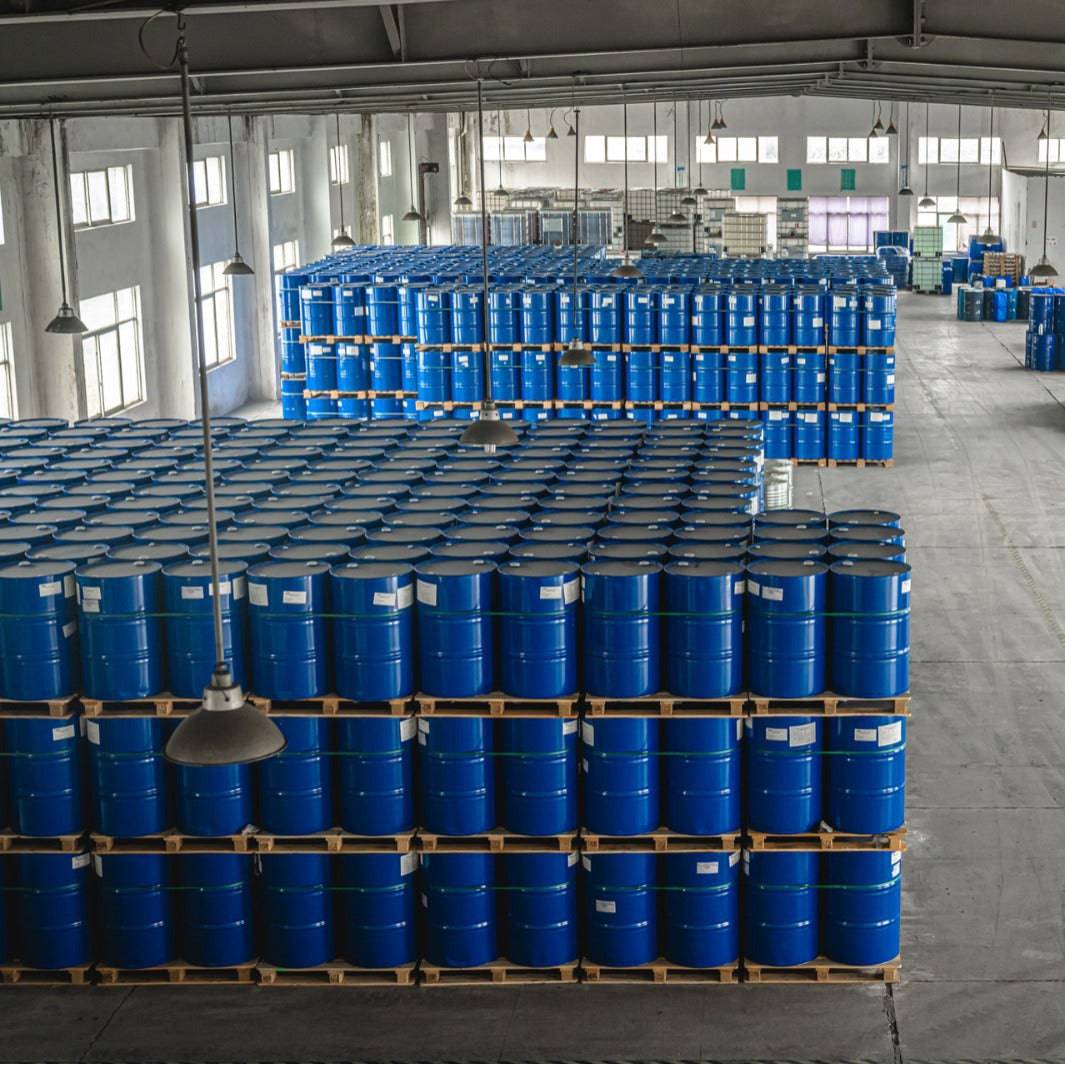The Definitive Guide to Chemie
The Definitive Guide to Chemie
Blog Article
Not known Factual Statements About Chemie
Table of ContentsNot known Facts About ChemieThe Greatest Guide To ChemieWhat Does Chemie Do?The Single Strategy To Use For ChemieAbout ChemieThe Chemie Statements
By Bojanna Shantheyanda, Sreya Dutta, Kevin Coscia and David SchiemerDynalene, Inc. Fluid air conditioning, which can be achieved using indirect or straight means, is made use of in electronic devices applications having thermal power densities that may surpass risk-free dissipation through air cooling. Indirect liquid cooling is where warm dissipating electronic parts are physically separated from the fluid coolant, whereas in case of direct air conditioning, the elements are in straight contact with the coolant.In indirect air conditioning applications the electrical conductivity can be essential if there are leaks and/or splilling of the liquids onto the electronics. In the indirect cooling applications where water based liquids with rust preventions are generally used, the electrical conductivity of the liquid coolant mainly relies on the ion concentration in the liquid stream.
The boost in the ion focus in a shut loophole fluid stream may happen as a result of ion seeping from metals and nonmetal elements that the coolant fluid touches with. Throughout operation, the electric conductivity of the fluid might increase to a level which could be damaging for the cooling system.
The smart Trick of Chemie That Nobody is Discussing
(https://www.edocr.com/v/e1zmgylv/betteanderson/chemie)They are bead like polymers that are qualified of exchanging ions with ions in a solution that it touches with. In today work, ion leaching examinations were executed with numerous metals and polymers in both ultrapure deionized (DI) water, i.e. water which is treated to the highest degree of purity, and reduced electric conductive ethylene glycol/water combination, with the measured adjustment in conductivity reported gradually.
The samples were allowed to equilibrate at space temperature for 2 days before recording the first electric conductivity. In all examinations reported in this research study fluid electrical conductivity was gauged to a precision of 1% making use of an Oakton CON 510/CON 6 series meter which was adjusted before each dimension.
Chemie for Dummies
from the wall heating coils to the facility of the furnace. The PTFE sample containers were placed in the furnace when consistent state temperatures were reached. The examination configuration was removed from the furnace every 168 hours (7 days), cooled to space temperature with the electric conductivity of the liquid measured.
The electric conductivity of the liquid sample was monitored for a total of 5000 hours (208 days). Figure 2. Schematic of the indirect shut loop cooling down experiment set-up - heat transfer fluid. Table 1. Elements made use of in the indirect shut loop cooling experiment that are in contact with the fluid coolant. A schematic of the speculative setup is displayed in Number 2.

Chemie Can Be Fun For Everyone
During procedure the liquid tank temperature level was preserved Visit This Link at 34C. The modification in fluid electrical conductivity was monitored for 136 hours. The liquid from the system was accumulated and kept. Shut loop test with ion exchange material was lugged out with the same cleaning procedures utilized. The initial electric conductivity of the 230ml UP-H2O in the system determined 1.84 S/cm.

0.1 g of Dowex resin was included in 100g of liquid examples that was taken in a different container. The mix was mixed and alter in the electrical conductivity at area temperature was measured every hour. The gauged change in the electric conductivity of the UP-H2O and EG-LC examination liquids including polymer or metal when immersed for 5,000 hours at 80C is revealed Figure 3.
The Single Strategy To Use For Chemie
Ion leaching experiment: Measured modification in electric conductivity of water and EG-LC coolants consisting of either polymer or steel examples when immersed for 5,000 hours at 80C. The outcomes indicate that steels contributed fewer ions right into the fluids than plastics in both UP-H2O and EG-LC based coolants.
Fluids including polypropylene and HDPE exhibited the most affordable electric conductivity adjustments. This can be because of the short, inflexible, linear chains which are much less likely to add ions than longer branched chains with weaker intermolecular pressures. Silicone likewise did well in both test fluids, as polysiloxanes are usually chemically inert due to the high bond power of the silicon-oxygen bond which would protect against degradation of the material into the liquid.
Some Known Questions About Chemie.
It would be anticipated that PVC would generate similar outcomes to those of PTFE and HDPE based upon the comparable chemical structures of the materials, nevertheless there may be other pollutants present in the PVC, such as plasticizers, that might impact the electric conductivity of the fluid - dielectric coolant. Additionally, chloride teams in PVC can additionally leach right into the test liquid and can create an increase in electrical conductivity
Polyurethane totally degenerated into the examination fluid by the end of 5000 hour examination. Prior to and after images of metal and polymer examples immersed for 5,000 hours at 80C in the ion seeping experiment.
Calculated change in the electric conductivity of UP-H2O coolant as a feature of time with and without resin cartridge in the shut indirect air conditioning loop experiment. The determined adjustment in electric conductivity of the UP-H2O for 136 hours with and without ion exchange material in the loop is displayed in Number 5.
Report this page